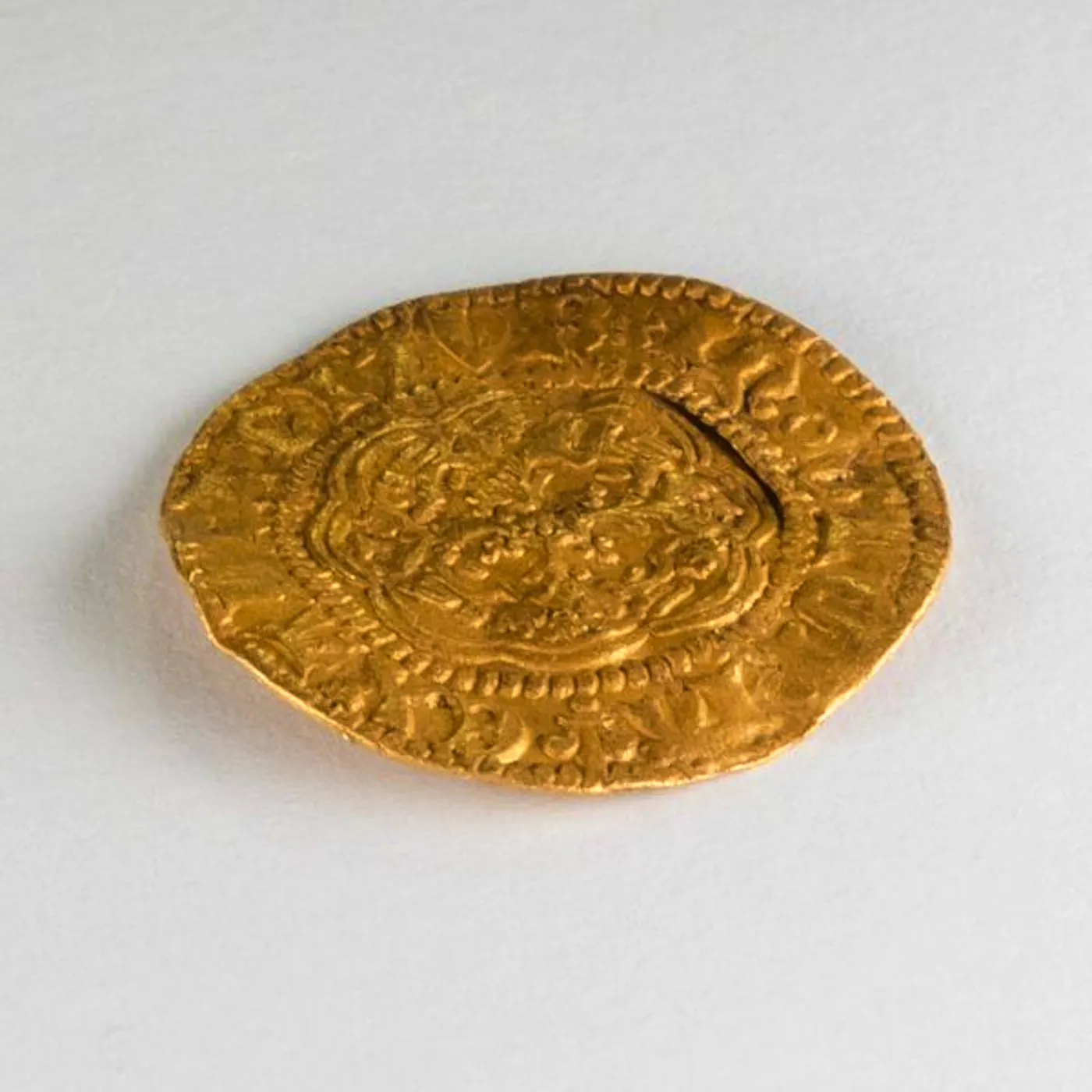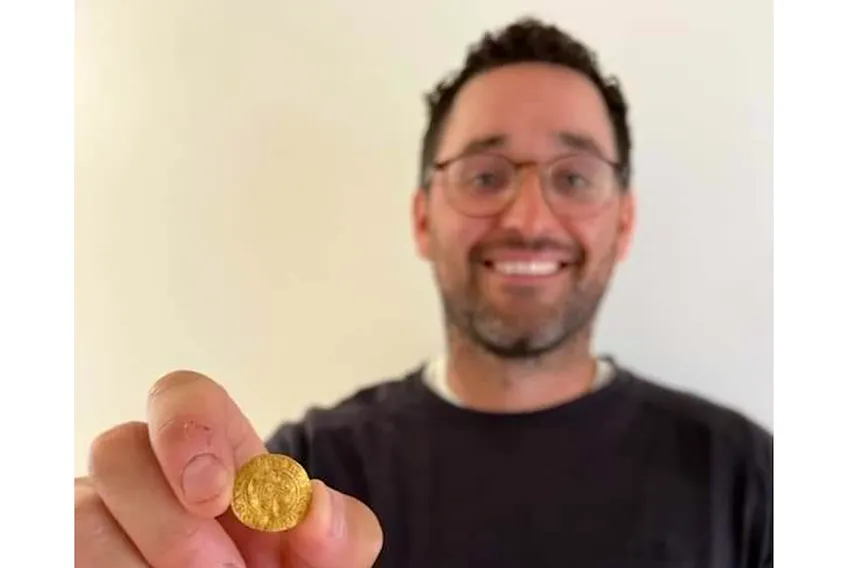Viky, díky za článek a jinak - díky za Všechny ostatní. 
Medieval gold coin
Categories: Nálezy nejenom s detektorem kovů v USA, severní a jižní Americe
Many prospectors with metal detectors dream of finding a gold coin... Edward Hynes from the Canadian island of Newfoundland succeeded. While walking along the south coast, he came across a 15th-century gold coin.
Hynes has been searching with a metal detector for a long time. But mostly he's found worthless objects like rusty nails or tin cans. His luck first smiled on him two years ago when he found his first coins. But they were younger pieces like the penny here. He was thinking of starting his own collection.
Hynes also revealed he doesn't have a state-of-the-art metal detector. But he did manage to find a gold coin that was about 10 centimeters deep. "I knew right away that I had found a gold coin. When I pulled it out of the ground, it was yellow and thin," said the prospector.
He rinsed the coin in salt water to get a good look at it. "I knew I had found something really cool," Hynes noted. He added that he didn't know much about medieval gold coins. The first thing I noticed about the coin I found was the shield. What exactly is written on the coin, I haven't deciphered," admitted the happy finder.
He showed the coin to his wife and hid it in his bag. He later posted photos of the coin in a Facebook group of metal detector seekers called "Digging the Rock." One of the members recognized that the coin was from the reign of Henry VI (King of England from 1422 to 1461 and 1470 to 1471) and de jure King of France from 1422 to 1453. He was the last English monarch of the House of Lancaster).
Hynes never considered selling the coin. While searching for information on the internet, Hynes discovered that he was legally obliged to report his find to the provincial government. The province is the owner of the artifacts found. They cannot leave Newfoundland and Labrador without permission from the Minister of Tourism, Culture, Arts and Recreation. Artifacts cannot be bought, sold, traded or bequeathed.
The finder has been contacted by the Provincial Archaeology Office. Archaeologist Jamie Brake responded immediately to his email and visited the finder and the coin site a few days later. "I was happy to hear that he really liked the find. The archaeologist was great to deal with," Hynes revealed.
Brake, along with experts from the local museum, confirmed that the coin dates from the 15th century reign of Henry VI. It remains a mystery how the coin got to the site. Brake believes the coin was probably not in circulation. The coin will be displayed in the museum.
Sources: www.saltwire.com


The article is included in categories:



